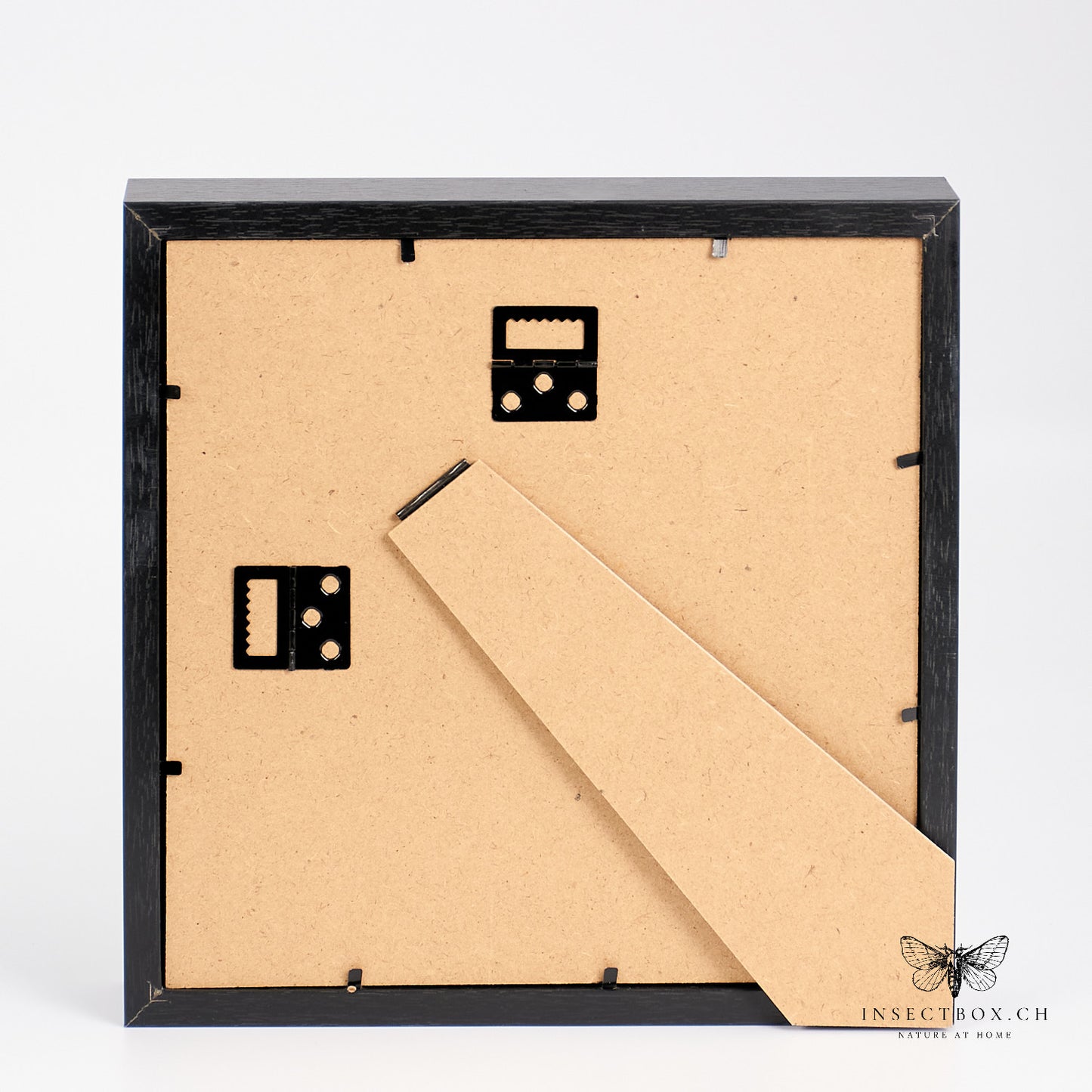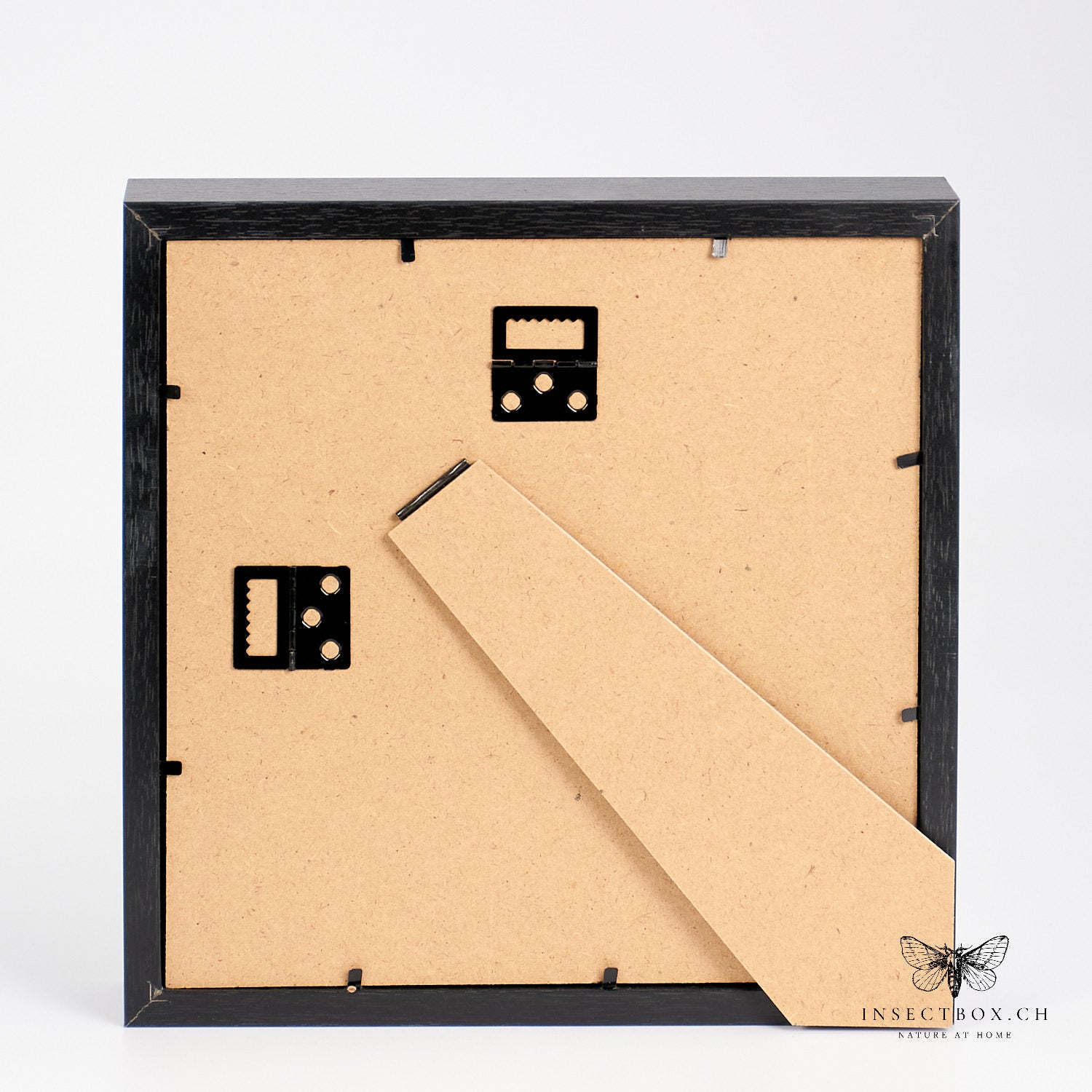carminehome
Empress Cicada - Pomponia imperatoria
Empress Cicada - Pomponia imperatoria
Couldn't load pickup availability
Empress Cicada - Pomponia imperatoria
1. Cicadas are sucking insects that belong to the Hemiptera family. They include the suborders Cicadomorpha and Fulgoromorpha and comprise over 45,000 species worldwide, including 638 from Germany. Cicadas have roof-shaped wings, thread-like antennae and a proboscis on the lower edge of the head. Their forewings are coarser than their hindwings and their body length varies from 1.8 to 38 millimeters. Some species have special projections on their pronotum.
2. Cicadas feed on plant sap, especially phloem. Most species are restricted to specific host plants. They have specialized hind legs for jumping, are capable of flight, and often travel distances by drifting in the wind. They reproduce sexually and undergo an incomplete metamorphosis from egg to larva to adult. They live in a variety of habitats from salt marshes to forests and are well adapted to their environment.
3. Cicadas have various enemies such as spiders, assassin bugs, soft bugs, ants and birds. They are also attacked by parasites such as cicada wasps, eye flies and fan-winged insects. The importance of herbivorous cicadas lies in the fact that they make up about a quarter of all organisms and are important consumers in ecosystems. They influence vegetation and food webs. Their biodiversity, attachment to certain habitats and sensitivity to change make them bioindicators. Over 50 percent of cicada species are endangered, some are on the verge of extinction. Causes include habitat loss, intensive agriculture, historical changes in use and interventions in water management.
Share




